c-Src Is Responsible for Mitochondria-Mediated Arrhythmic Risk in Ischemic Cardiomyopathy
Circulation: Arrhythmia and Electrophysiology
AUGUST 30, 2024
Circulation: Arrhythmia and Electrophysiology, Ahead of Print. BACKGROUND:Increased mitochondrial Ca2+uptake has been implicated in the QT prolongation and lethal arrhythmias associated with nonischemic cardiomyopathy. In a heterologous expression system, c-Src could bind MCU and phosphorylate MCU tyrosines.


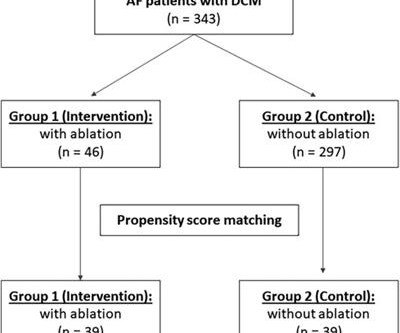
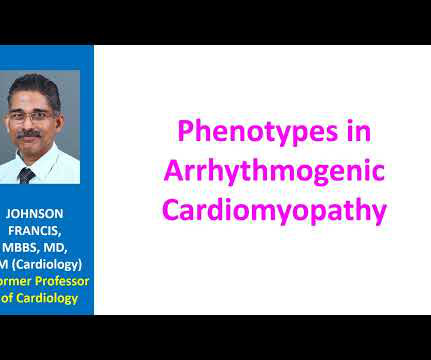




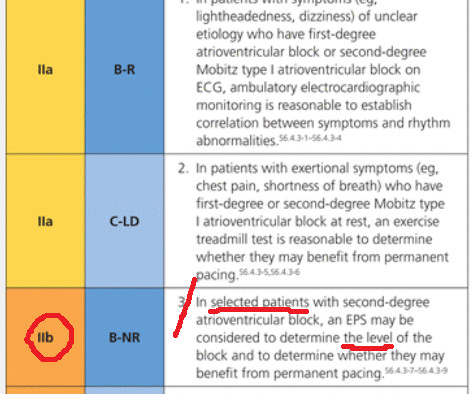











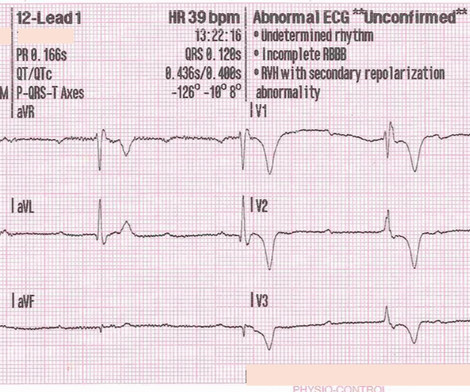
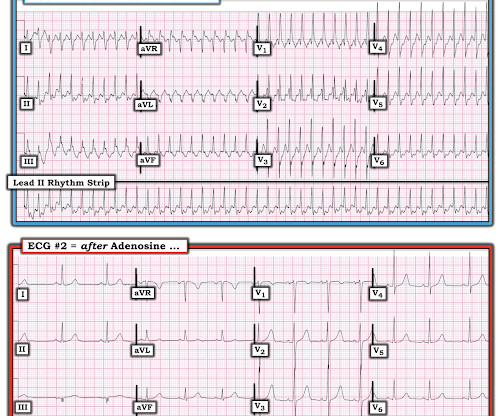
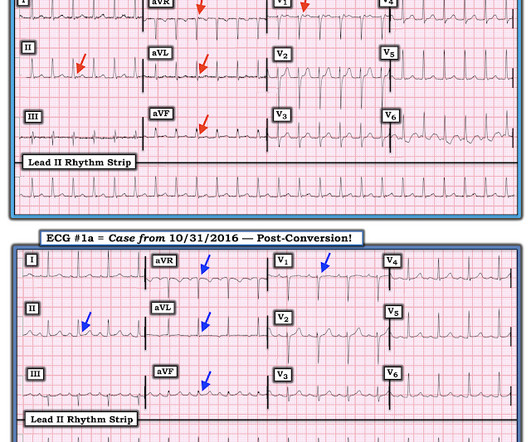






Let's personalize your content